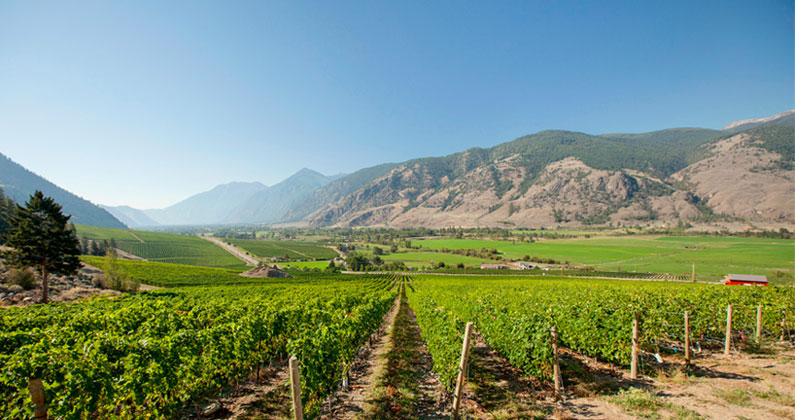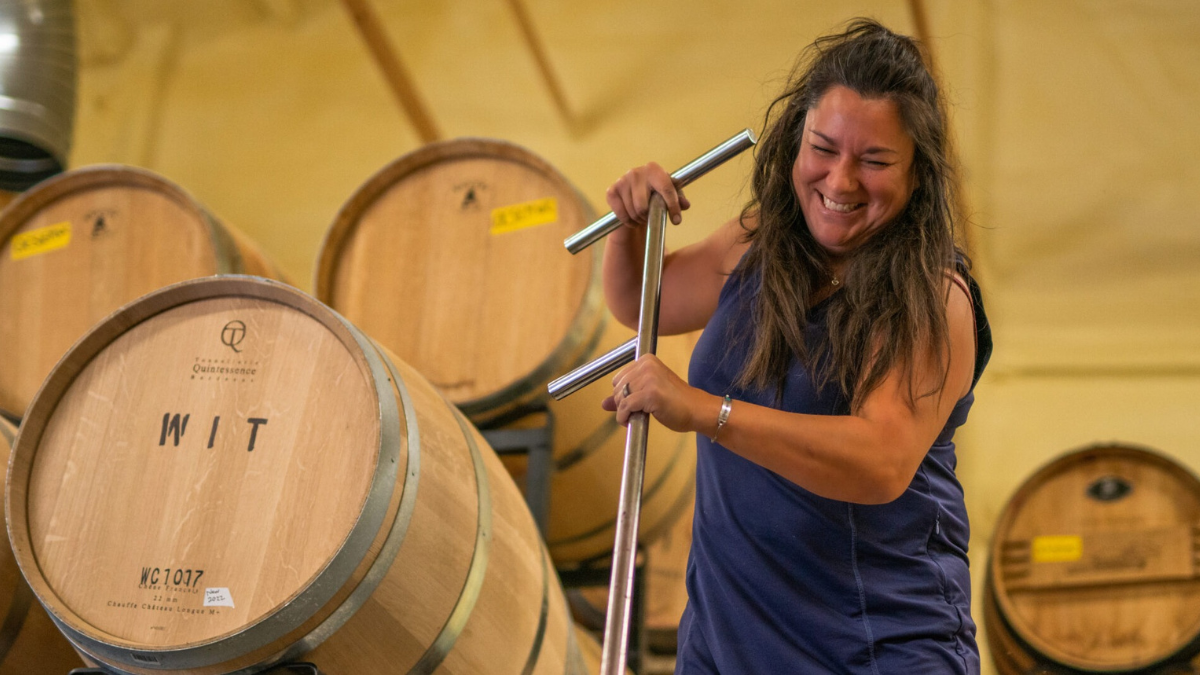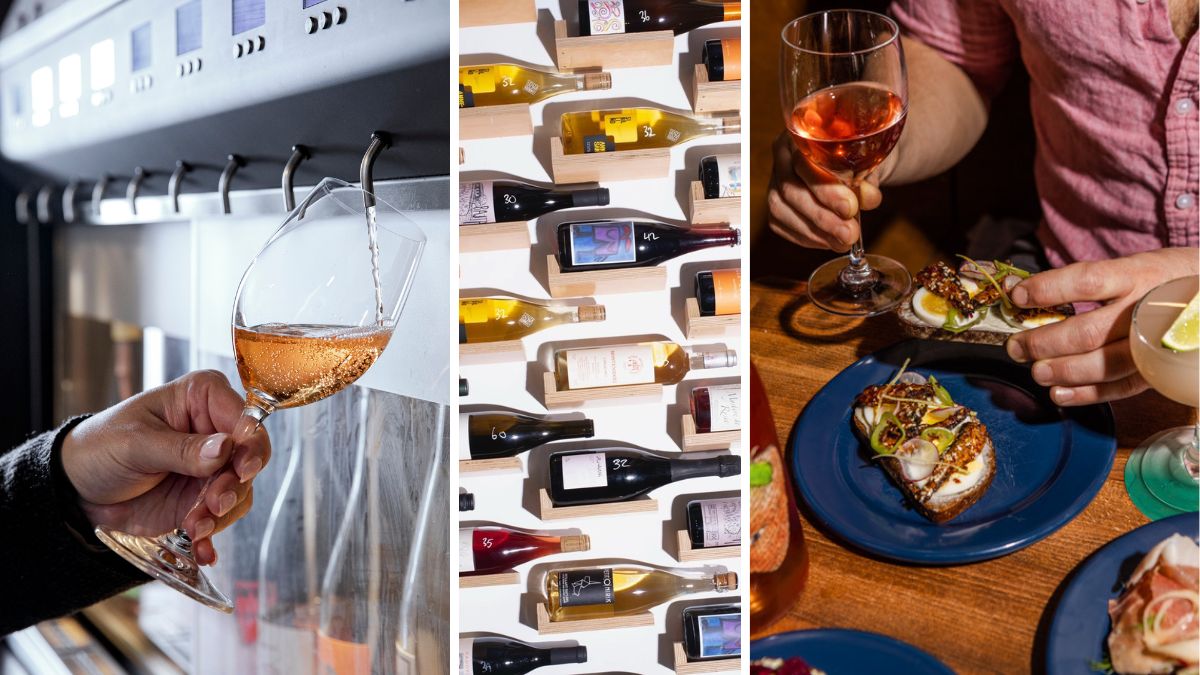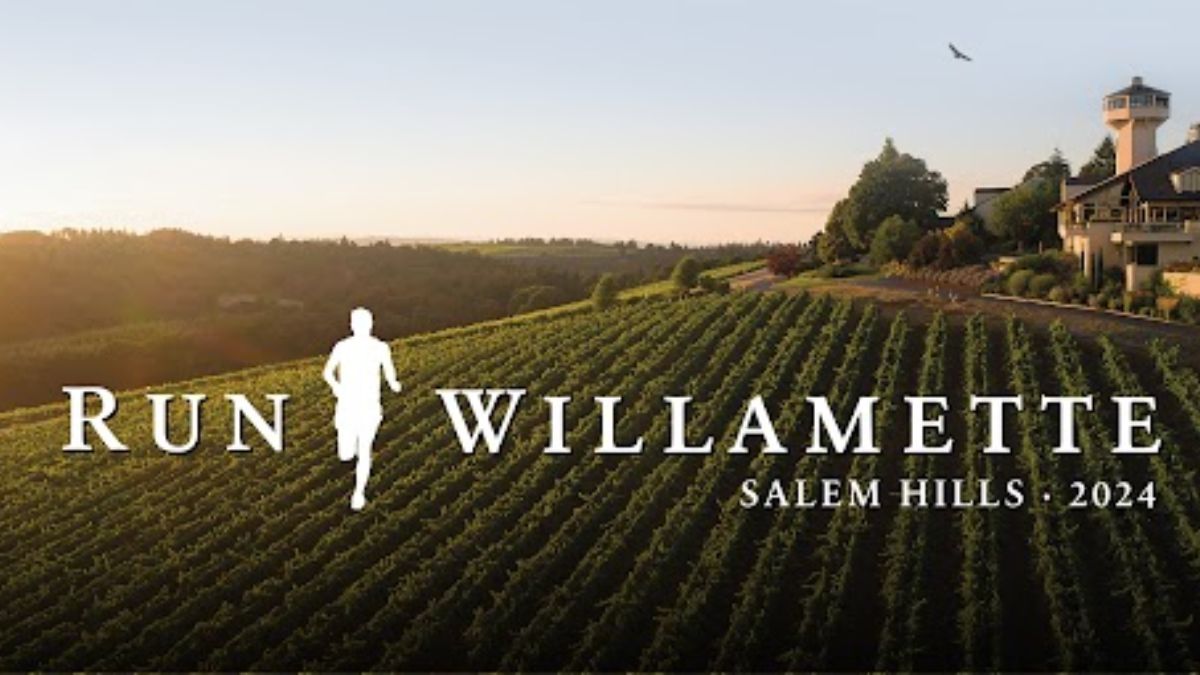Trying to get your head around the British Columbia wine scene can be a bit tricky from within the United States, because so little of the wine is exported outside the province. In hopes of clearing up some of my confusion, and to hopefully find some great wine that’s currently all but unknown, I toured the area this past weekend. I’d long known that British Columbia has some of the prettiest wine country on the planet, but I was pleasantly surprised at the general quality of the wines I tasted.
My first day was spent in the Similkameen Valley, an even more obscure region to the west of the slightly more known Okanagan Valley. The wines of the Similkameen are a product of several key defining features of the area: incredibly steep slopes that surround the valley floor, a high level of calcium carbonate in the soils and a fierce wind that whistles through the valley, serving to cool the grapes in the evening, as well as limiting mildew and rot. The ease of pest control means that the Similkameen is largely devoted to organic farming, not just of grapes but of apples, peaches, cherries and more.
Broadly speaking, this valley can be divided in two different fashions. Geographically, the northern portion near Keremeos has the steepest slopes, meaning less sunlight during the day and more intense cooling winds. It’s home to aromatic white varietals and a few hardy reds. As you move south towards Cawston, the valley opens up and bends slightly to the south, allowing more exposure, especially on the eastern side of the valley, where vines can soak up light until 9 or 10 p.m. at some points in the summer.
Yet it might make more sense to think of the Similkameen in terms of the floor, the middle bench and the upper bench. The valley floor has more compacted soils and is slightly cooler due to the presence of the river. Heading up the slopes, you get more exposed river rock and large angular granite, meaning better drainage to go with increased sun exposure. It’s in the upper bench that you find the few plantings of Cabernet Sauvignon, in particular,where I found the structured and nuanced wines of Clos du Soleil. As you reach the end of the vineyards, you immediately hit high desert scrub-lands, a striking transition that reminds you of just how arid this part of the world is.
The Similkameen produces wines from an unexpectedly broad range of grapes, given how small it is. The unifying feature seems to be a stark minerality, probably due both to the soil composition and the extreme diurnal shift during the growing season. Rieslings from Orofino Winery and Little Farm Winery crackled with vibrant acidity, while Pinot Noirs showed bright fruit and savory aromas. Even the aforementioned Clos du Soleil Estate Reserve, a blend of Cabernet Sauvignon and Merlot, had the kind of racy acidity and structured tannins that presage a long and productive aging curve.
The Similkameen Valley isn’t quite the tourist haven that the Okanagan Valley is: both Keremeos and Cawston could be generously termed “sleepy.” Some of the wine could benefit from a more experienced hand. Yet the striking slopes that surround the valley almost defy belief, and the best wines achieve a degree of complexity that demands they be taken seriously. I know I will.
Zach Geballe is a sommelier at the Dahlia Lounge, the owner of Vine Trainings where he teaches wine classes, and a writer. He lives in Seattle, where he owns more wine than he can reasonably drink, but loves to share. You can find him at @zgeballe or vinetrainings.com.






